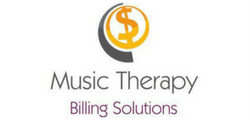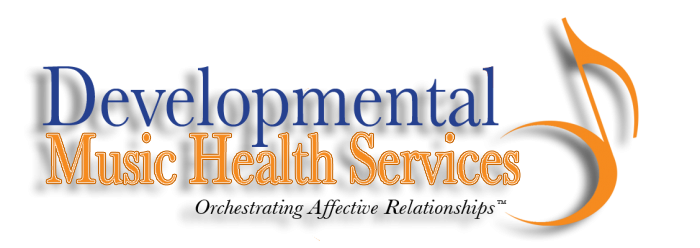Music therapy is an inherently interdisciplinary field, which makes it all the more surprising that it has taken me almost 15 years to finally begin attending non-music therapy-specific conferences. The first was the Society for Music Perception and Cognition conference in Toronto last summer. The second was the 2014 Summit for the College Music Society (CMS) hosted at the University of Washington.
The CMS is a consortium of musicians and music scholars interested in promoting and understanding music teaching and learning, creativity, musical expression, and research and dialogue. In perusing the CMS website it seems they host different types of events from large conferences to smaller, more topic-focused summits such as what I attended.
The topic for the 2014 Summit was “Music, Science, and Society.” The event offered the opportunity for an intimate gathering of 50+ music academics from across the country to dialogue on the topic. These discussions centered on the research and perspectives shared by three invited keynote speakers: Ian Cross, Professor at the University of Cambridge whose interdisciplinary research spans the fields such as music cognition, music theory, ethnomusicology, and, more recently, music as an interactive, communicative process; Steven Friedson, Professor of Music and Anthropology at the University of North Texas, an expert in the field ethnomusicology; and Laurel Trainor, Professor at McMaster University, well-known for her research on music development.
As often seems to occur following an intensive, thought-provoking experience such as this summit, it can take awhile to process the thoughts shared and experienced. This is true at least for me.
But I would like to start by sharing one of the regular threads in the discourse and that is the idea of presentational versus participational music experiences. Presentational music is that which is more passively experienced. This can occur in a performer/listener situation or when one listens to a CD. Participational music is that is “done” together. It is social, communicative, and interactive. This can occur when actively engaged and sharing in a music experience with others: singing together, dancing, playing. These can be conceptualized as two ends of a continuum with most music experiences falling somewhere in the middle.
Although most of the discussions at the summit centered on the societal impact and trends related to this concept, my mind continued to make transfers to music therapy and, more specifically, our research.
Ian Cross stated that there is a disconnect between how music is studied and how it is practiced. This is something I observed and noted in my systematic review published in JMT last fall—the vast majority of the fMRI studies included in the review used music listening as the experience being studied, which left out a host of other more participatory and interactive music experiences, such as playing, improvising, composing, and moving to music.
One of the issues with this disconnect is that it does not accurately represent how we engage with music. Although listening is a huge and important way to experience music—just count the number of headphones you see when in a crowd—it is not the only way. We sing. We dance. We participate in drum circles. We engage in social music-making (think church or the 7th inning stretch at a baseball game). Humans are social beings and this is reflected in how we experience music. For example, as shared at the summit, music is judged “good” when it is socially inclusive, not when it is aesthetically pleasing (just ask any parent who recently attended their child’s elementary school band concert).
As music therapists, this disconnect in the research is something for us to be aware of as we ourselves conduct translational research and utilize basic science research to make clinical transfers. Thus, until the research becomes more inclusive of the participatory aspects of the music experience, we will be limited in our understanding of how and why the work we do . . . well, works. The challenge has been identified, I’m optimistic that we’ll get there (just check out the new LIVE lab at McMaster University), and I’m grateful for having the opportunity to be a small part of the dialogue.



 orcid.org/0000-0001-8665-1493
orcid.org/0000-0001-8665-1493






{ 0 comments… add one now }
You must log in to post a comment.